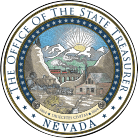Student Learning Outcomes FAQs
A. FAFSA stands for the Free Application for Federal Student Aid. Is a form that can be prepared annually by current and prospective college students in the US to determine eligibility for student financial aid. The application opens on October 1st every year.
A. FAFSA opens on October 1st every year, however, deadlines must be checked with your institution because they differ for each institution. You must also check with your financial aid administrator for all other aid you receive since additional forms may be required.
A. Students have many options to graduate college debt free. Students should apply for scholarships and/or grants because it is free money that does not have to be paid back. Grants are often based on financial need, and scholarships on the other hand are usually awarded based on academic achievement or other factors such as your background, financial need, culture, or even employers. There are many scholarships and grants available. For example, our office has a list of scholarships in the Scholarship Database on our website at NevadaTreasurer.gov. Students should also schedule a meeting to speak to their financial aid department to see what other options they have available at their institution.
Other options include, applying for a Work Study program or a part time/full time job to help pay for college. Also, some schools can put students on payment plans. If all else fails, find ways to reduce expenses to help pay for school out of pocket, and if needed AND as long as it doesn’t affect any of the scholarships or grants received, students can reduce their course load or choose a less expensive college to make it more affordable.
A. The government has 4 income-driven repayment plans to repay federal student loans: Income-based Repayment, Pay As You Earn (PAYE), Income-contingent Repayment and Revised Pay as You Earn (REPAYE). These plans set monthly payments between 10% and 20% of your discretionary income, which means that you can have a payment as small as $0, however the amount can change annually if there are changes in your income.
If you have a private student loan, you will want to check with your lender to see what type of assistance they can provide you.
A. To receive a federal loan, you must submit a Free Application for Federal Student Aid (FAFSA). Federal loans are funded by the government, while private student loans are funded by a bank, credit union or online lender.
Federal student loans offer borrowers protections and alternative repayment options that private loans may not, such as income-based repayment or forgiveness programs. Federal student loans have flat interest rates set by Congress, while private loans interest rates depend on the borrower’s or co-signer’s credit.
Always remember that any money borrowed will have to be paid back with interest and sometimes fees!
A. Some federal student loans will not check your credit, and therefore, applying for the FAFSA would be your option to find out if you qualify for federal student loans. If you do not qualify for federal student loans, then you will need a co-signer to get a private student loan if you have either no credit or bad credit.
A. Federal student loan interest rates are set by congress at a low fixed rate. To find out what the current interest rate is for federal student loans, visit: https://studentaid.gov/understand-aid/types/loans/interest-rates.
Private student loans, on the other hand, are often variable which means that payments could increase over time. They could also be more expensive with rates as high as 16%. If you choose to take out a private student loan it is important to shop around and compare different loan offers. Private student loan lenders will always advertise very low interest rates, but those interest rates are for borrowers with best credit.


